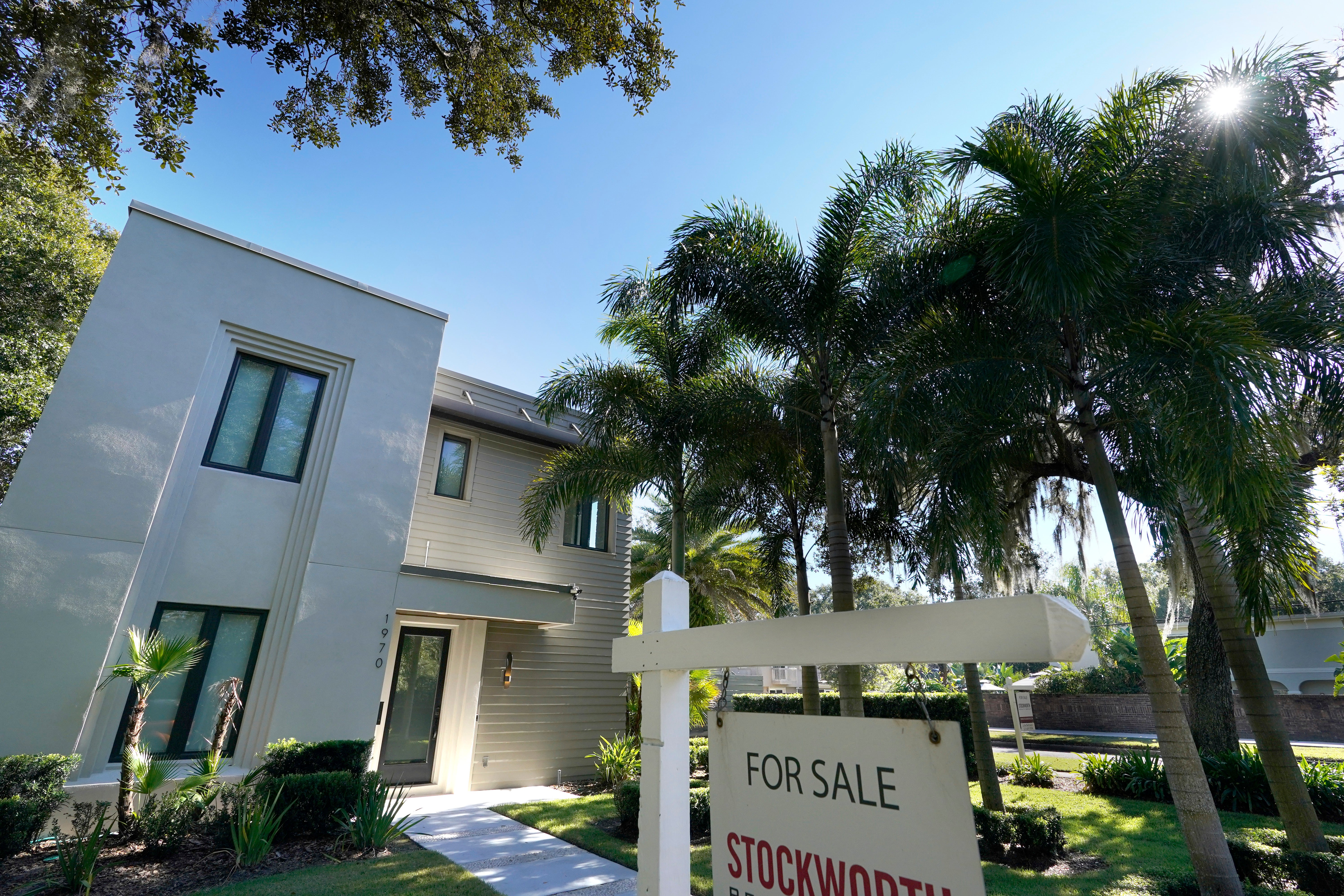US mortgage rates steady to higher; 30-year at 3.02%
U.S. long-term mortgage rates were steady to higher this week, as the benchmark 30-year loan breached the 3% mark for the first time since July 2020

Your support helps us to tell the story
From reproductive rights to climate change to Big Tech, The Independent is on the ground when the story is developing. Whether it's investigating the financials of Elon Musk's pro-Trump PAC or producing our latest documentary, 'The A Word', which shines a light on the American women fighting for reproductive rights, we know how important it is to parse out the facts from the messaging.
At such a critical moment in US history, we need reporters on the ground. Your donation allows us to keep sending journalists to speak to both sides of the story.
The Independent is trusted by Americans across the entire political spectrum. And unlike many other quality news outlets, we choose not to lock Americans out of our reporting and analysis with paywalls. We believe quality journalism should be available to everyone, paid for by those who can afford it.
Your support makes all the difference.U.S. long-term mortgage rates were steady to higher this week, as the benchmark 30-year loan breached the 3% mark for the first time since July 2020. Rates remain near historic lows as the economy strains toward recovery in the pandemic’s wake.
Mortgage buyer Freddie Mac reported Thursday that the average rate on the 30-year fixed-rate home loan rose to 3.02% from 2.97% last week. By contrast, the benchmark rate stood at 3.29% a year ago.
The average rate on 15-year fixed-rate loans, popular among those seeking to refinance their mortgages, was unchanged at 2.34% this week.
The government reported Thursday that the number of Americans applying for unemployment benefits edged higher last week to 745,000, a sign that many employers continue to cut jobs despite a drop in confirmed coronavirus infections and evidence that the overall economy is improving.
While economists expect modest increases in home-loan rates this year, they likely will remain low while the Federal Reserve keeps interest rates near zero until the economy recovers.
The record-low lending rates have helped push buyers into the housing market, which remains one of the stronger sectors of the U.S. economy. But the lack of supply of homes, which was pushing up prices even before the pandemic struck last March, has left many prospective buyers empty-handed.